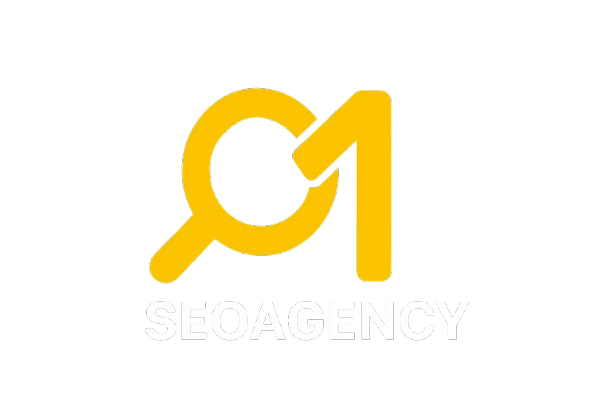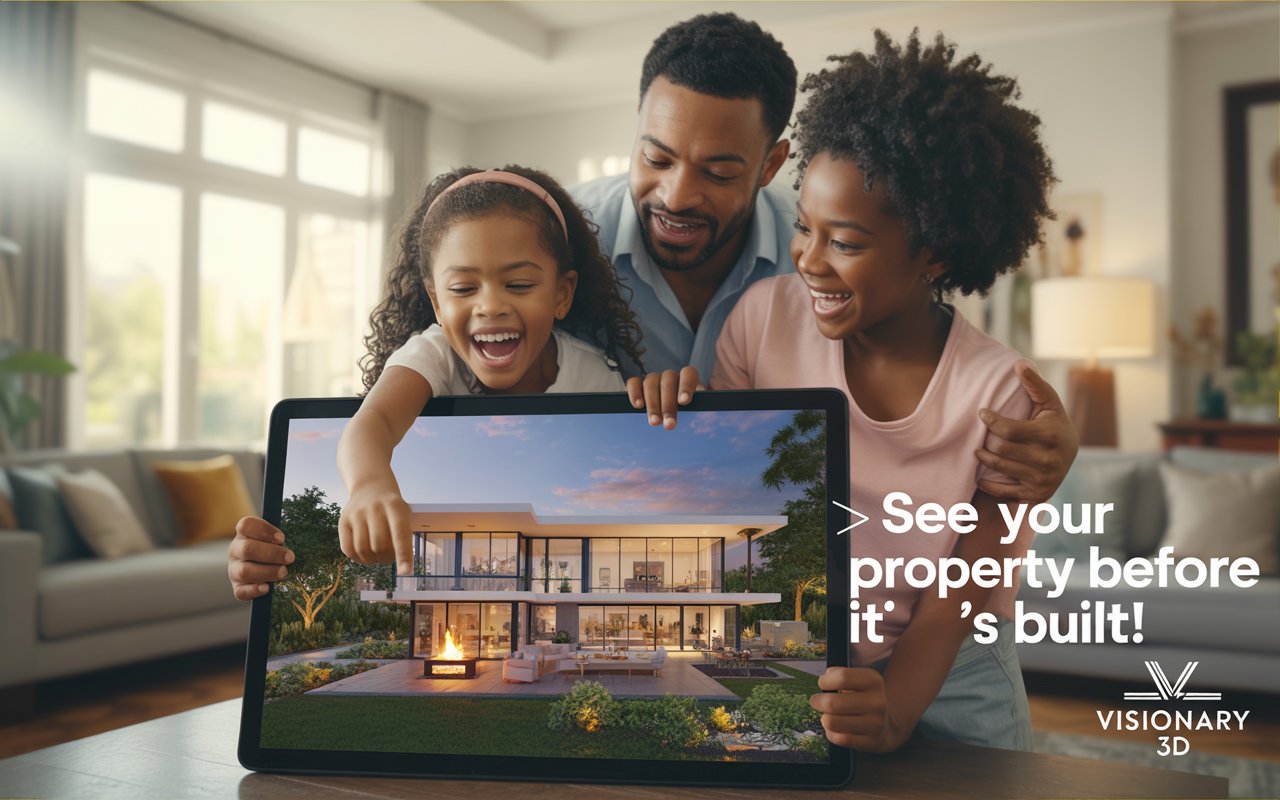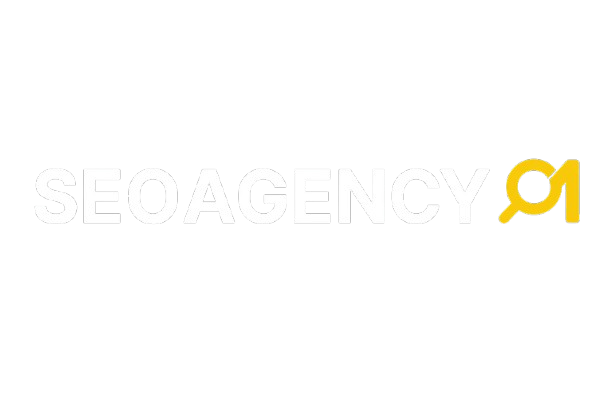3D Visualization Real Estate makes home searching easier and less stressful. Looking for a new home can be exhausting when you have to scroll through endless online listings.
Most photos are dark, blurry, or unclear, making it hard to understand how the rooms connect or whether your favorite sofa will even fit.
This often leads to visiting properties that look nothing like the pictures, wasting your precious weekends.
3D visualization in real estate changes the way buyers explore homes with interactive and lifelike previews.
This technology creates a detailed digital model of a property. With a virtual property tour, you can walk through rooms from your computer or phone, moving around as if you were really there.
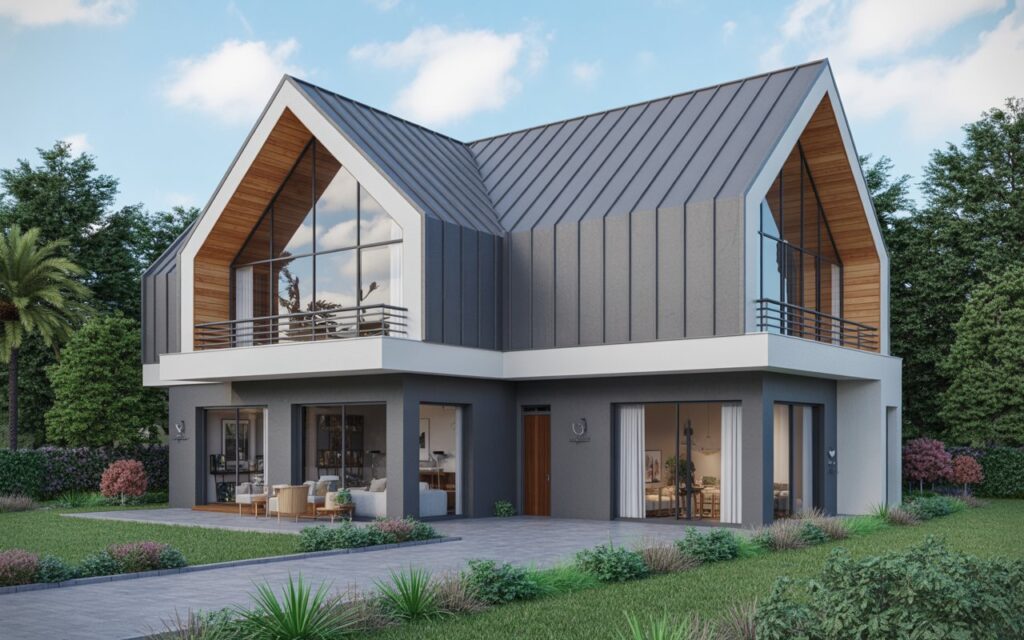
What Is 3D Visualization for Homes?
It is a powerful tool that helps both real estate agents and businesses offering SEO services because high-quality visuals attract more clicks and improve online visibility.
How Does This Technology Work?
This process involves several key methods:
- 3D Rendering – An artist builds a digital copy of the building, adding textures, lighting, and colors to make it look real.
- Virtual Tours – Interactive 360° videos where you can look around a room in every direction.
- CGI (Computer-Generated Imagery) – Used to create everything from a single kitchen image to a full home walkthrough.
- Virtual Staging – Designers digitally add furniture and décor to empty rooms, helping buyers imagine living there.
- AR/VR Tours – AR brings models into your real-world space through a phone, while VR headsets make you feel inside the home.
- Photorealistic Floor Plans – Detailed layouts with furniture and color, easier to understand than plain black-and-white drawings.
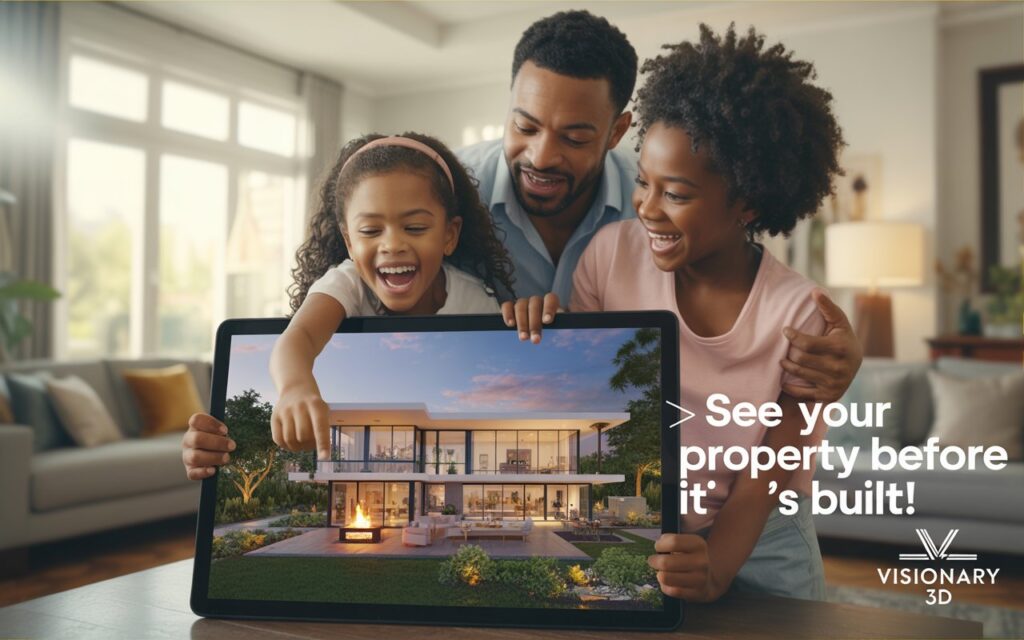
Old Methods vs. New Digital Experiences
| Feature | Traditional Photography | Immersive 3D Walkthroughs |
|---|---|---|
| Experience | Static, flat pictures | Interactive, you control the view |
| Access | Only see what was captured | Explore every corner at your pace |
| Timing | After construction | From blueprints, even before building |
| Engagement | Less memorable | Highly engaging and shareable |
The main advantage is remote access. A buyer on the other side of the world can explore a property as if they were there.
With the right SEO strategy, these virtual tours also rank higher on Google, bringing in more serious buyers.
How to Make Confident Buying Choices
- Gain a true sense of space: Understand the actual size of rooms and how your furniture might fit.
- Inspect details closely: Zoom in on finishes, fixtures, and potential issues at your own pace.
How to Explore Remote Locations Easily
- Tour homes from anywhere: Whether you’re moving across the country or just busy, you can visit countless properties online.
- Shorten your decision timeline: This is especially helpful for relocation buyers or investors who cannot visit in person immediately.
If you want your business to grow in the real estate field in the USA, you must get help from an SEO expert. They can create an informative blog about your services and help your website rank in the top 10 on Google.
When your site ranks high, customers see your business as trustworthy, and this helps your growth stay ahead of competitors.
In this process, Google My Business (GMB) and local SEO should not be ignored, as they play a key role in building visibility in the real estate market.
Pros vs. Cons
| Pros | Cons |
|---|---|
| Saves significant time and effort | The digital model might not show every small flaw |
| Provides a realistic, immersive view | Requires a good internet connection for the best experience |
| Available 24/7 for your convenience | Can’t replace the feeling of being in a space physically |
| Helps you visualize your life there |
Why Modern Buyers Should Use 3D Home Tours
The way people search for houses has changed dramatically. Property technology, or PropTech, has shifted the process online. Now, buyers expect more than just a photo gallery. They want an immersive experience. High-quality 3D visualization tools meet this need, making internet-based house hunting far more effective and trustworthy.
Here are 9 proven benefits every buyer can enjoy with this technology.
1:Confident Property Choices with 3D Visualization
Modern technology helps you understand a property deeply before you visit. Tools like 3D floor plans and interactive models give you a clear picture of the layout.
This means you can evaluate a home more accurately, leading to a well-informed final decision.
2: Save Time and Reduce Travel with Virtual Tours
You can explore properties from your couch. This saves significant time and eliminates trips to places that don’t meet your needs. It is a major advantage for anyone with a busy schedule.
3: Purchase a Home from a Distance Successfully
This technology is perfect for international or out-of-town buyers. You can get a true feel for a property without being there physically. This capability supports seamless digital transactions, making remote buying a practical reality.
4: Improve Your Sense of a Space Before Moving In
It can be hard to judge room sizes from a photo. 3D tools provide improved spatial awareness, letting you see how your furniture might fit. Many services even use virtual staging to show the potential of empty rooms.
5:Feel More Certain About Your Investment
Seeing a realistic, digital version of a home greatly lowers buyer uncertainty.
There are fewer surprises on the final walk-through. You gain confidence because you already know exactly what to expect.
6: Build an Emotional Link to a Potential Home
Immersive tours do more than show details; they make you feel something. They help you imagine your life there, creating a stronger emotional connection that static pictures cannot match.
7: See a Future Construction Before It’s Built
For new developments, you can visualize the finished project. Builders use these tools to let you see design options and upgrades, so you know what you are buying long before construction is complete.
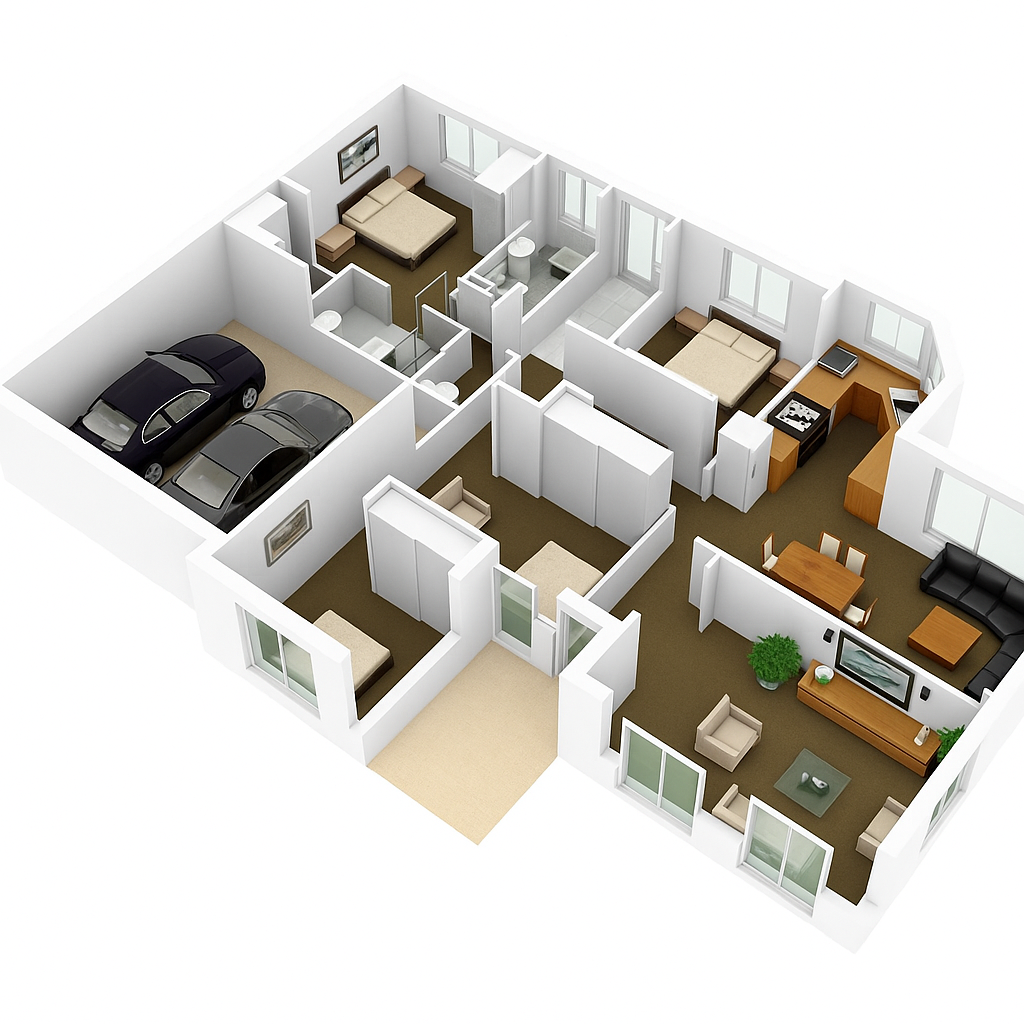
8: Gain an Advantage in a Competitive Market
In fast moving markets, speed is key. Being able to tour homes online instantly gives you a competitive edge. You can identify the best opportunities faster than buyers relying only on traditional photos.
9: Shorten the Closing Timeline
When buyers have clear visual information from the start, they decide faster. This clarity leads to a quicker closing process with less confusion and fewer questions for the agent.
| Pros vs. Cons of 3D Visualization for Buyers | |
|---|---|
| Pros | Cons |
| Makes decisions easier | Cannot replace the physical feel of a space |
| Saves time and money on travel | Requires a good internet connection |
| Allows for remote purchasing | A very small number of listings may not have it |
| Reduces uncertainty and risk | |
| Helps you compete with other buyers |
Looking to buy or sell a home in the USA real estate market? Your clients are searching online and on social media every day for the right property.
To reach them, you need the right digital strategy.
With the help of seoagency1, your business can appear in the top search results on Google.
An informative blog and optimized content make your services easy to find, trustworthy, and more valuable in the eyes of clients.
This approach helps buyers and sellers connect with you faster whether they’re searching for a new house or investing in a new building.
Strong SEO, local visibility, and Google My Business optimization ensure your real estate business stays ahead of competitors.
seoagency1 helps you deliver the right property to the right client, at the right time.
faqs:
What is the main idea behind 3D visualization?
It’s the process of using computer software to create graphical content that has height, width, and depth. Think of it as building a digital model of an object or space that you can view from any angle, just like in the real world.
Could you explain the basics of this process?
It starts with 3D modeling, where you build the shape of an object. Then, textures and materials (like wood or glass) are added. Finally, lighting and a virtual camera are set up. The software then calculates a final image or animation, which is called rendering.
What does 3D rendering mean for the property market?
It allows buyers to take a virtual tour and truly experience a space, helping them make a confident decision before a single brick is laid.
What is 3D design typically used for?
It’s incredibly useful across many fields! Architects use it to design buildings, product developers create prototypes of new gadgets, filmmakers build entire fantasy worlds, and scientists visualize complex data. It’s a tool for bringing any idea to life visually.
Why should someone choose 3D visualization over flat drawings?
Because it provides clarity and understanding that 2D images cannot. It eliminates confusion, helps spot potential design problems early, and allows everyone to see exactly the same vision, ensuring we’re all on the same page.
What are two key benefits of 3D modeling?
First, it greatly improves communication. A 3D model is a universal language that everyone can understand. Second, it saves significant time and money by identifying errors in the digital stage, preventing costly changes during physical construction or manufacturing.
Why is visual representation so impactful for people?
Our brains are wired to process images much faster than text. Visualization allows us to absorb complex information instantly, recognize patterns, and form emotional connections with a concept, making it far more memorable and persuasive.
What is the core purpose and advantage of using visualization techniques?
The biggest benefit is that it transforms abstract numbers or ideas into a clear, concrete picture that we can easily explore and understand, leading to better insights and decisions.
Is there a hidden strength to visualization?
Yes, its secret power is prototyping the future. It lets us experiment with different options, test ideas in a risk-free digital environment, and preview outcomes before committing to them in reality. It’s like a crystal ball for designers and planners.
Why is having depth perception (3D vision) crucial?
It’s vital for understanding the real world. Depth perception allows us to judge distances, perceive the spatial relationship between objects, and interact with our environment safely and effectively. 3D visualization replicates this experience on a screen.
Why would we need a three-dimensional representation of something?
To gain a complete understanding. A 3D representation shows how all the parts of an object fit and work together. You can see the front, back, sides, and inside, which is impossible with a single photograph or drawing.
What is the value of using 3D charts for data?
3D charts can make data exploration more engaging. They can help in displaying multi-layered information where the third dimension represents an additional variable, allowing for a more nuanced analysis of complex datasets. (Note: They should be used carefully to avoid misrepresenting data).
Why is creating 3D maps important?
3D mapping is crucial for urban planning, disaster management, and navigation. It provides a realistic view of terrain, buildings, and infrastructure, helping experts analyze shadows, wind flow, and sightlines to design smarter, safer cities.
What is the objective of a 3D animation system?
Its purpose is to bring static 3D models to life through movement and storytelling. It’s used to create animated films, simulate how a machine operates, or show a fly-through of an architectural design, making the presentation dynamic and easy to follow.
What are the perks of 3D animation?
It excels at explaining difficult concepts that are hard to describe with words or still images. It can show processes, tell stories, and create emotionally engaging experiences that capture an audience’s attention and improve their learning.
How does one begin a career in architectural visualization?
Start by learning core skills: 3D modeling with software like Blender or 3ds Max, mastering rendering engines, and understanding architectural principles. Building a strong portfolio of your visual work is the most important step to showing potential clients or employers your talent.
What is the income potential for a 3D visualization artist?
Earnings can vary widely based on experience, location, and specialization. On average, a professional in this field can have a rewarding salary, with senior artists and specialists at top studios earning a particularly strong income.
Can you name three common types of visualization?
Certainly! Scientific Visualization represents scientific data (like a hurricane simulation). Information Visualization presents abstract data (like interactive charts and graphs). 3D Product Visualization creates models of physical objects for design or marketing.
What are the four stages for effective visualization?
- Define the Goal: What must your audience learn or feel?
- Gather and Prepare Data: Collect all necessary information.
- Choose the Right Format: Decide if a still image, animation, or interactive model works best.
- Refine and Simplify: Remove clutter to make the key message clear and powerful.
What are two leading software tools in this field?
For photorealistic rendering and animation, Unreal Engine is a powerhouse for real-time work. For modeling and rendering stunning architectural visuals, Blender (which is free) and V-Ray are industry favorites.
concluation:
It saves time, removes confusion, and gives buyers a clear view of a property before visiting. With lifelike virtual tours, buyers can make smarter choices and feel more confident about their investment.
3D Visualization in Real Estate
Explore how 3D visualization is transforming property marketing, design, and sales through immersive digital experiences.
It's the process of using computer software to create graphical content that has height, width, and depth. Think of it as building a digital model of an object or space that you can view from any angle, just like in the real world.
It starts with 3D modeling, where you build the shape of an object. Then, textures and materials (like wood or glass) are added. Finally, lighting and a virtual camera are set up. The software then calculates a final image or animation, which is called rendering.
It allows buyers to take a virtual tour and truly experience a space, helping them make a confident decision before a single brick is laid.
It's incredibly useful across many fields! Architects use it to design buildings, product developers create prototypes of new gadgets, filmmakers build entire fantasy worlds, and scientists visualize complex data. It's a tool for bringing any idea to life visually.
Because it provides clarity and understanding that 2D images cannot. It eliminates confusion, helps spot potential design problems early, and allows everyone to see exactly the same vision, ensuring we're all on the same page.
First, it greatly improves communication. A 3D model is a universal language that everyone can understand. Second, it saves significant time and money by identifying errors in the digital stage, preventing costly changes during physical construction or manufacturing.
Benefits of 3D Visualization
- Enhanced customer engagement
- Reduced marketing costs
- Faster sales cycles
- Global property showcasing
- Customization before construction
Applications in Real Estate
- Virtual property tours
- Architectural visualization
- Interior design planning
- Urban planning simulations
- Property development marketing
The 3D Visualization Process
- 3D modeling of structures
- Texturing and material application
- Lighting setup
- Rendering process
- Post-production enhancements
